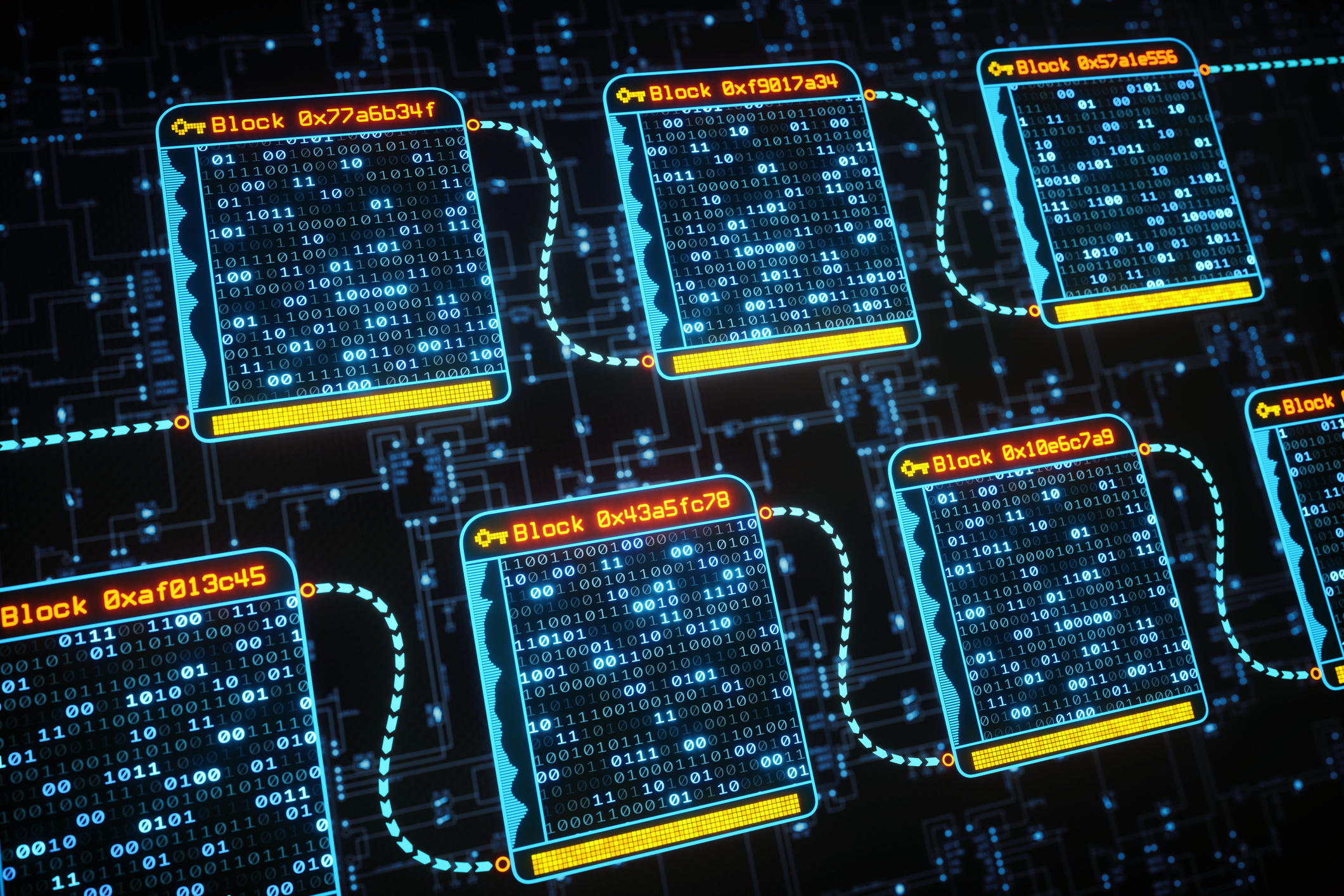If you think blockchain and cryptocurrencies are just a fad, then it's time to think again. Blockchain and its various applications are pioneering a wave of business disruption that's only in its beginning stages. As companies leverage blockchain to reduce fraud, transform supply chains, and capitalize on new markets, the opportunities are endless--and the risks are plenty. This is where the board comes in...
Today's board members are hardly strangers to new technologies. For years, boards have been adopting new risks and identifying the appropriate risk appetite for their companies. As the speed of innovation continues to increase--and as board agendas grow to full capacity--it can be easy to dismiss a nascent technology like blockchain without fully understanding the applications or potential impact.
In a recent series of episodes, we sat down with Grainne McNamara, a principal with PwC's Digital Team, and Barbara Berlin, a director with PwC's Governance Insights Center, to provide boards with a thorough entry-level education: How are today's companies using blockchain and cryptocurrencies to add value--and what's the board's role in oversight? We recap their advice over this two-part blog series.
'What you end up having is a permanent ledger of transactions that is considered to be tamper-proof,' explains Barbara Berlin. 'Because these blocks exist, you can't insert a new transaction or delete a transaction.'
Cryptocurrency is a form of digital currency that's powered by blockchain. The most well-known cryptocurrencies include Bitcoin, Ethereum, Ripple and Litecoin. Using encryption and the decentralized verification process described above, cryptocurrency allows network participants to exchange monetary units and verify transactions with transparency and without the need for middlemen. We'll take a deeper dive into cryptocurrency in Part 2 of this blog series.
Today's board members are hardly strangers to new technologies. For years, boards have been adopting new risks and identifying the appropriate risk appetite for their companies. As the speed of innovation continues to increase--and as board agendas grow to full capacity--it can be easy to dismiss a nascent technology like blockchain without fully understanding the applications or potential impact.
In a recent series of episodes, we sat down with Grainne McNamara, a principal with PwC's Digital Team, and Barbara Berlin, a director with PwC's Governance Insights Center, to provide boards with a thorough entry-level education: How are today's companies using blockchain and cryptocurrencies to add value--and what's the board's role in oversight? We recap their advice over this two-part blog series.
Defining Blockchain (and Cryptocurrency)
In simplest terms, blockchain is a new technology that both simplifies and secures transactions within a network. Key to blockchain is its decentralized ledger, in which the network participants themselves validate transactions--thus creating a 'block' and eventually a 'chain of blocks' (i.e., record of transactions). In theory, blockchain provides a more secure and transparent transactional record given that the information is not stored in a single location, nor is a third-party intermediary required.'What you end up having is a permanent ledger of transactions that is considered to be tamper-proof,' explains Barbara Berlin. 'Because these blocks exist, you can't insert a new transaction or delete a transaction.'
Cryptocurrency is a form of digital currency that's powered by blockchain. The most well-known cryptocurrencies include Bitcoin, Ethereum, Ripple and Litecoin. Using encryption and the decentralized verification process described above, cryptocurrency allows network participants to exchange monetary units and verify transactions with transparency and without the need for middlemen. We'll take a deeper dive into cryptocurrency in Part 2 of this blog series.
Understanding the Business Applications for Blockchain
Perhaps you followed the explanation above, yet the more important question remains: what's the application for today's companies? While there are a wide variety of use cases, Grainne McNamara explains that current applications for blockchain generally fall into three categories:
(1) Digital currency: This includes cryptocurrencies (e.g., Bitcoin) as described above. Digital currency may have started out as a market for new players, yet this has shifted rapidly over the last several months as regulators have taken a rather open posture towards the emerging market.
'What's happening here,' explains McNamara, 'is you see traditional providers of financial services working now with these new entrants to the market in this token economy in order to bring liquidity and access to these investment opportunities.'
(2) Digital identity: Examples of currency aside, the same blockchain technology can be used to track and verify personally identifiable information, which has a variety of applications for companies, governments, hospitals, financial institutions, etc. In this context, blockchain can be used to validate that what a person is saying about themselves is actually true; to better inform medical treatment based on patient history; or to better predict buying behavior based on a detailed customer profile. 'We see governments, medical institutions, academic universities, licensing boards and certifications boards--and so on--coming into these blockchain networks to make that identity richer and verifiable,' says McNamara.
(3) Digital assets: Consider how blockchain could be leveraged to track and manage the movement of assets throughout a modern-day supply chain. Companies are using blockchain to create and track digital versions of their supply-chain assets with applications ranging from food safety to vehicle maintenance. 'A lot of companies are working to make [supply-chain management] a more digital experience, bringing themselves closer to their suppliers and customers...,' explains McNamara. '[This gives] a full view on the history of [each] asset as it moves through the value chain.'
(2) Digital identity: Examples of currency aside, the same blockchain technology can be used to track and verify personally identifiable information, which has a variety of applications for companies, governments, hospitals, financial institutions, etc. In this context, blockchain can be used to validate that what a person is saying about themselves is actually true; to better inform medical treatment based on patient history; or to better predict buying behavior based on a detailed customer profile. 'We see governments, medical institutions, academic universities, licensing boards and certifications boards--and so on--coming into these blockchain networks to make that identity richer and verifiable,' says McNamara.
(3) Digital assets: Consider how blockchain could be leveraged to track and manage the movement of assets throughout a modern-day supply chain. Companies are using blockchain to create and track digital versions of their supply-chain assets with applications ranging from food safety to vehicle maintenance. 'A lot of companies are working to make [supply-chain management] a more digital experience, bringing themselves closer to their suppliers and customers...,' explains McNamara. '[This gives] a full view on the history of [each] asset as it moves through the value chain.'





